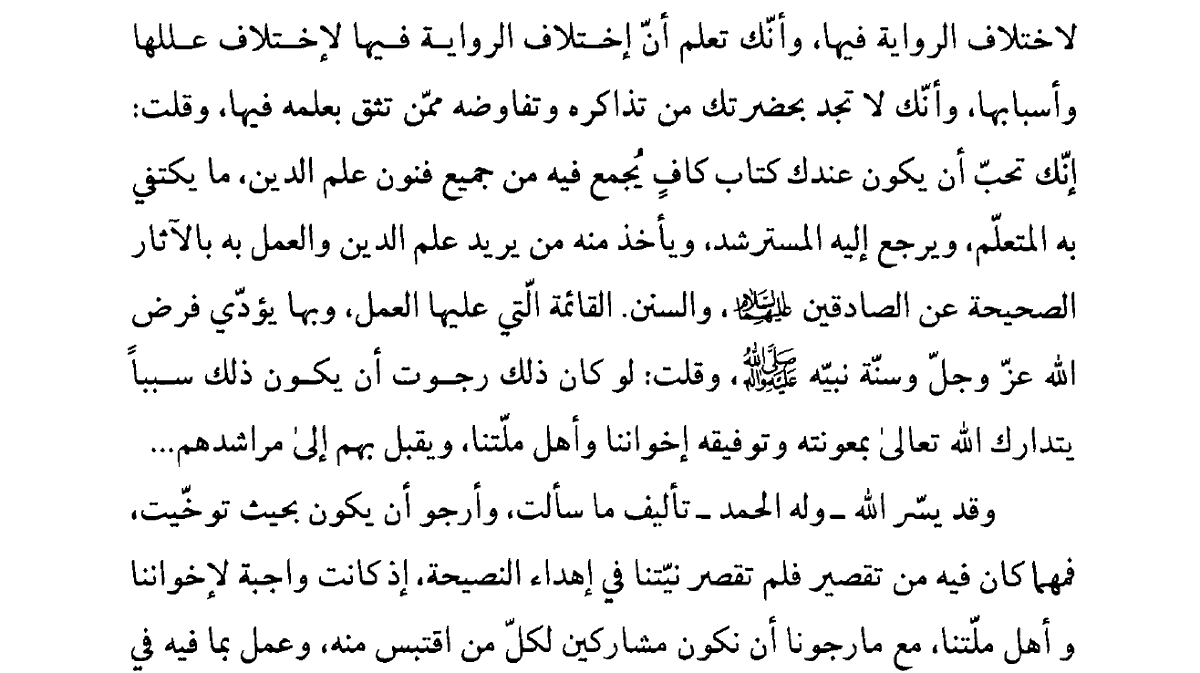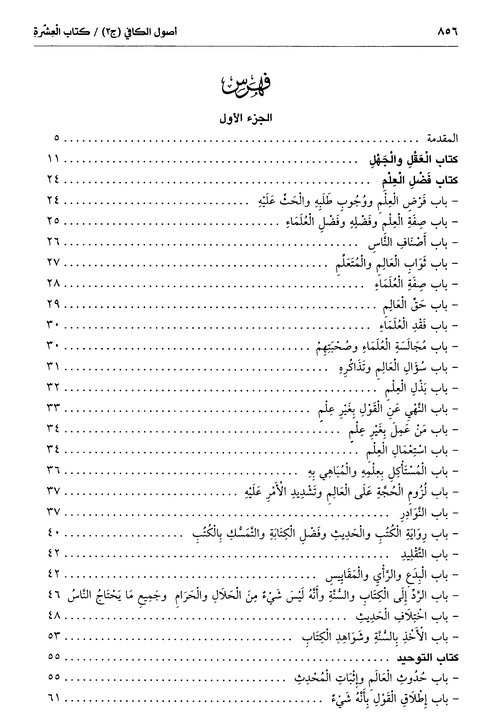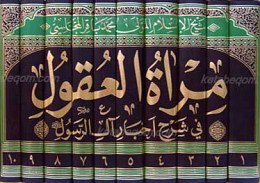1/al-Kāfī is a ḥadīth compendium held in high regard in Shiʿism. Its status in Shiʿi Islam is comparable to Bukhārī in Sunni Islam. Regrettably, Kāfī is insufficiently studied in Arabic, and even less in modern academia. Brief summary of the text & its importance. Thread.
2/I rely on two useful modern studies in Arabic. The first is by al-Ghaffārī (circa 580 pp), the second is the 12-volume by Burūjurdī. To the best of my knowledge these surpass all other studies out there - whether in Arabic or Persian.
3/About the author/compiler. His full name is Abū Jaʿfar Muḥammad b. Yaʿqūb b. Isḥāq al-Kulaynī al-Rāzī al-Salsalī al-Baghdādī. He was born circa 868 C.E. in Kulāyn in the region of Rayy. Some academics (e.g. Van Ess) have mistakenly rendered كلين as Kulīn,
4/possibly misled by medieval geographical sources that identify a district in Rayy known as Kulīn. Unknown to many, however, is another district in the same region with a similar spelling: Kulayn. There& #39;s a marked grave of Kulaynī& #39;s father in Kulayn - not Kulīn.
5/Kulaynī traveled to Baghdad towards the end of his life - perhaps one of multiple visits to the bustling intellectual hub of the Shiʿi world at the time. He also travelled widely, including sojourns to Damascus and Aleppo.
6/While in Baghdad, Kulaynī inherited the mantle of his predecessors to become head of Shiʿi community and its leading luminary, as attested in medieval Sunni sources, for instance, Ibn al-Athīr (d. 1210) describes Kulaynī as "renewer of the [Shiʿi] faith in 3rd Hijri century"
7/Al-Kāfī, also known by alternative title Kitāb al-Kulaynī, draws on numerous sources, but in the main Kulaynī falls back on 48 transmitters. By far his most cited authority, Kulaynī draws heavily from ʿAlī b. Ibrāhīm b. Hāshim (d. 307/919), totalling nearly 4000 narrations!
8/Since its compilation and completion in 940 C.E., Kāfī has come to enjoy immense popularity in medieval and modern Shiʿism. Its author was highly praised by his peers and later evaluators of ḥadīth. Al-Najashī (d. 1058), the foremost Shiʿi rijāl evaluator,
9/dubbed Kulaynī, "most diligent and scrupulous of the ḥadīth folk" [وكان اوثق الناس في الحديث و اثبتهم]. Medieval Sunni ḥadīth folk knew of Kulaynī relatively well, though sometimes their information was mistaken or confused.
10/E.g. Ibn Ḥajar (d. 1449) in his Tabṣīr thought Kulayn was a district in Iraq, while Ibn al-Athīr (d. 1233) in his al-Kāmil mistook Muḥammad b. Yaʿqūb al-Kulāynī with Muḥammad b. ʿAlī b. Yaʿqūb b. Isḥāq b. Abī Qurrah.
11/Aside from al-Kāfī (typically 6-7 volumes in modern print), Kuylaynī is said to have authored several other works. They include a now lost (but heavily cited in later works) book on rijāl, a polemic against the Qaratmian Ismāʿīlīs, and compilation of letters attributed to ʿAlī
12/Kulaynī died in 329 H/940 CE, the year known as "Year of Falling Stars" in Shiʿi historical memory because of the great number of deaths among the scholarly elite. He is buried in Baghdad, in the vicinity of the seventh and ninth Imams of the Shiʿah.
13/About the book, al-Kāfī. In the preface the author says he wanted to a & #39;compendium of religious disciplines & repositories of knowledge, sufficient for the aspiring adept, & a source of reference for the seeker, all of which is based on the sound teachings of the Ahl al-Bayt& #39;
14/Kāfī (uṣūl part) is rich in theological and philosophical content, likely aimed at refuting the prevalent views of proto-Sunni anthropomorphists, stern Hanbalis of Baghdad, growing kalām circles later to become Ashʿaris.
15/For example, the main part of the Kāfī, known as the uṣūl, offers chapters on "reason and ignorance," "unity of God," and "benefit of knowledge".
16/The three main transmitters of Kāfī were al-Ṣafwānī (student of Kulaynī), al-Nuʿmānī (student of Kulaynī), and Ibn Babāwayh (contemporary of Kulaynī). The total number of traditions in Kāfī is 15504, others opting for higher number of 16199 (such as al-Baḥrānī).
17/In terms of the historicity of the content, later rijāl evaluations such as Majlisī in his Mirʾāt (d. 1699) claims that 5072 traditions qualify as ṣaḥīh, 144 ḥasan, 1118 muwathaq, 302 qawī, and 9485 ḍaʿīf (weak).
18/Critics find Majlisī& #39;s evaluation problematic, mainly because Majlisī applies later criteria of ḥadīth evaluation, which the "ancients" would not have recognised. Useful comparison would be ṣaḥīḥ traditions in Bukhārī which amount to 4000 (if one discounts repetitions ).
19/A fact missed by many is the method in which Kulaynī names the transmitters in his chain of transmission, causing untrained students of Shiʿi ḥadīth to label the isnād as broken or interrupted. The practise is known as taʿlīq (تعليق الاسانيد).
20/For example, when Kulaynī appears to cite a broke chain or transmits a ḥadīth with a shortened or broken isnād, he is in fact relying on a previously adumbrated and complete isnād in the same section, or usually in the previous ḥadīth.
21/The methodology of Kulaynī as well as the interconnected of the chains of transmission and their shorted form was studied in the 12-volume work by Burūjurdī& #39;s Tartīb asānīd al-Kāfī, which is simply a large of web of Kulaynī& #39;s interconnected chains of transmissions. See eg pic.
22/Another peculiarity of Kulaynī& #39;s isnāds is the use of "on the authority of group of our companions" (عدة من اصحابنا). This could describe one of three usages: at the beginning of the isnād, middle, or end. If used in the beginning then it usually refers to the Qummīs, eg.
23/The ʿiddāh used at the beginning of the isnād comes in 9 different bundles of groups of authorities from whom Kulaynī reports. Their names are known in the Shiʿi rijāl literature (and in Kulaynī& #39;s own work). The problematic is the use of ʿiddah at the end of the isnād.
24/The end ʿiddāh is divided into 20 groups of possible authorities from whom Kulaynī recounts a ḥadīth. Some of them are known authorities such as Aḥmad b. ʿIsāh al-Ashʿarī and Sahl b. Ziyād, but others are not known.
25/Kāfī has been the subject of 39 commentaries, including one by Naṣīr al-Dīn al-Ṭūsī. And it has received 29 glosses (ḥāshiyas, as well as 5 abridgements, including one by al-Ṣadūq and modern attempt to include ṣaḥīh traditions only by al-Bahbūdī, and 11 catalogues. END.
Correction: it’s the anti-Qarmatians text which is heavily cited in later works (Radi, for example).

 Read on Twitter
Read on Twitter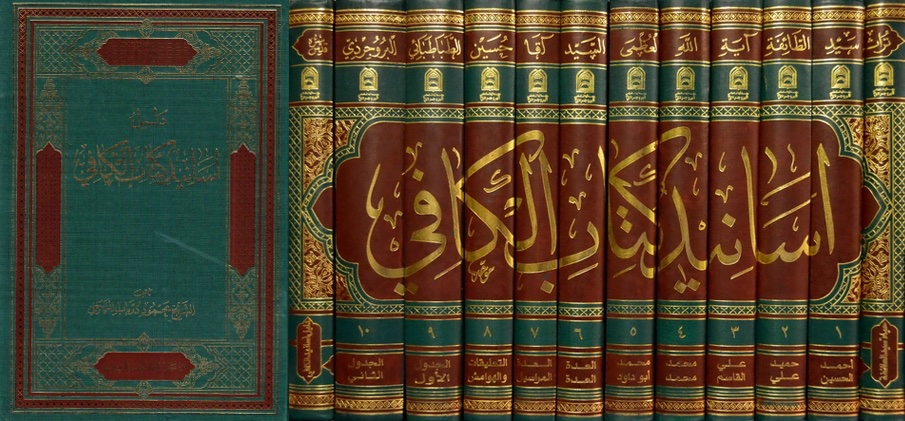
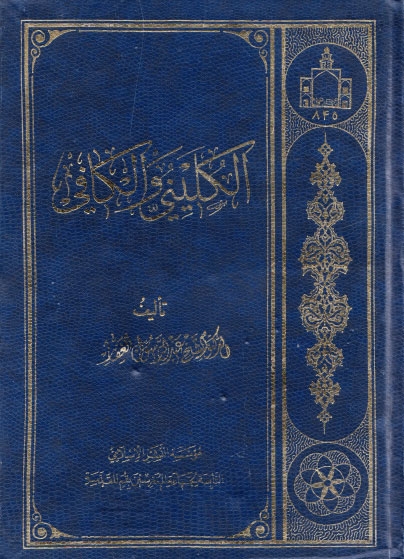
![6/While in Baghdad, Kulaynī inherited the mantle of his predecessors to become head of Shiʿi community and its leading luminary, as attested in medieval Sunni sources, for instance, Ibn al-Athīr (d. 1210) describes Kulaynī as "renewer of the [Shiʿi] faith in 3rd Hijri century" 6/While in Baghdad, Kulaynī inherited the mantle of his predecessors to become head of Shiʿi community and its leading luminary, as attested in medieval Sunni sources, for instance, Ibn al-Athīr (d. 1210) describes Kulaynī as "renewer of the [Shiʿi] faith in 3rd Hijri century"](https://pbs.twimg.com/media/EndwA4sXUAM8HCn.jpg)


